



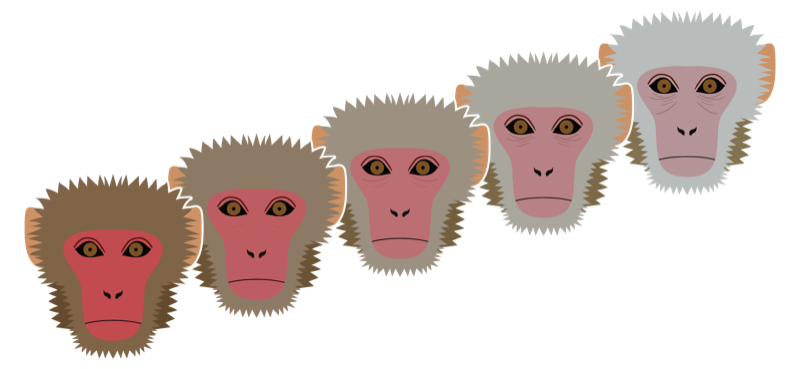
I am interested in physiological and molecular signatures of aging in nonhuman primates due to their potential for explaining health gradients in humans. My work focuses on aging in the rhesus macaques (Macaca mulatta) of Cayo Santiago, Puerto Rico, who live in naturalistic conditions, subject to environmental stressors similar to macaques in the wild. My work focuses on particularly on social experiences and how they might explain differences in aging, particularly in the immune system and the brain.
I am also interested in the similarities and differences in how stressful experiences and unhealthy diets influence inflammation and aging in the brain. To study this, I am collaborating with Tom Register and Carol Shively of Wake Forest School of Medicine on a diet intervention study in which long-tailed macaques (Macaca fascicularis) were randomly assigned one of two diets resembling real-world diets: the Western and Mediterranean diets. My work is currently supported by a National Institutes of Health K99/R00 award and aims to ultimately identify novel targets (including diets, social circumstances, genes, or pathways) for interventions that may slow the progression of neurodegenerative diseases including Alzheimer's disease.
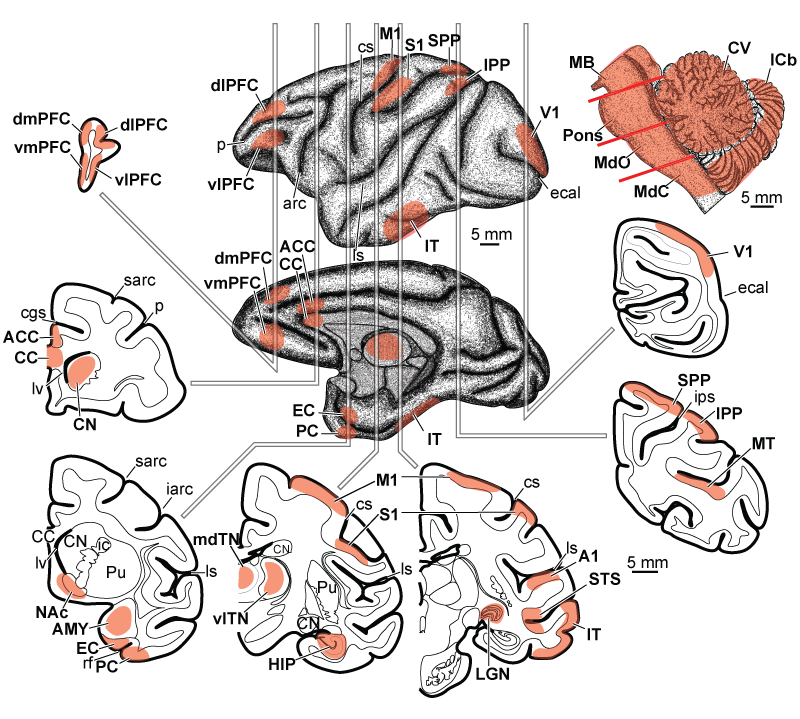
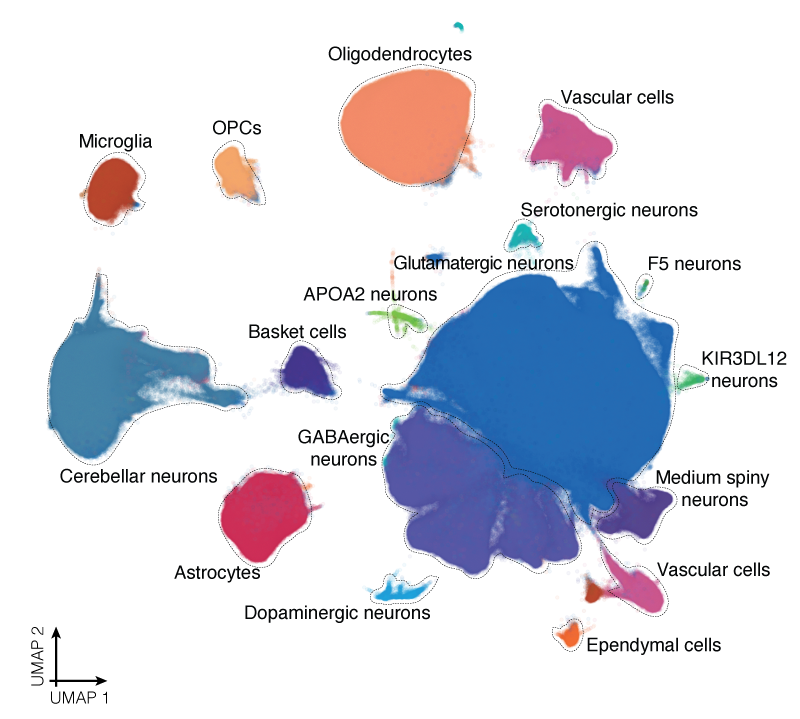
I am interested in the molecular diversity of cell types across the primate brain. Together with Noah Snyder-Mackler, Jay Shendure, Michael Platt, Mike Montague, Martin Bohlen, Fanny Huang, and others—and in coordination with the BRAIN Initiative Cell Census Network (BICCN) consortium—I generated a high-resolution molecular atlas of diversity in cell-type transcriptional and open chromatin states across 30 regions of the rhesus macaque brain. My continuing work is focused on characterizing cell-type diversity at the population level using single-cell genomics, and mapping variation in cellular gene expression and cell-type composition to gradients in age and social experiences.
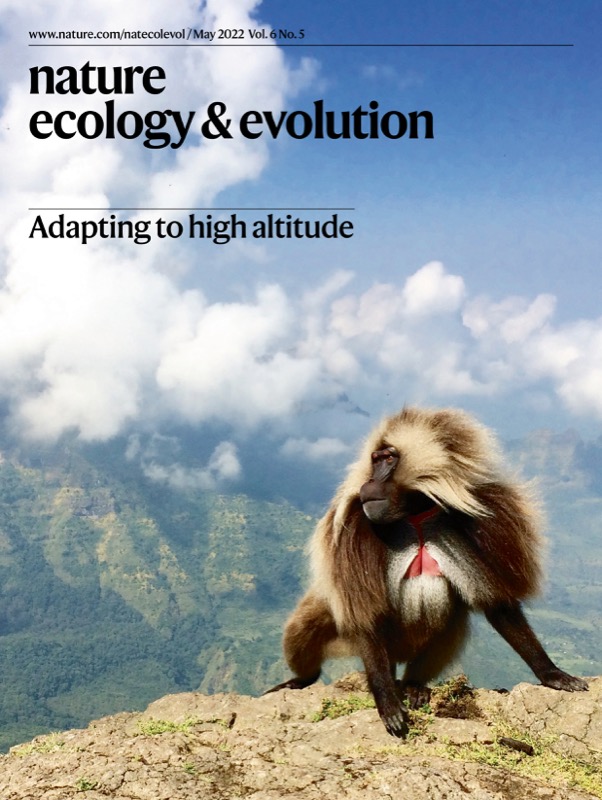
I am interested in gelada (Theropithecus gelada) adaptations to their extreme homes in the highlands of Ethiopia. Together with Noah Snyder-Mackler and the Simien Mountains Gelada Research Project, I sequenced and assembled the first genome assembly for this species and performed comparative analyses to identify genomic adaptations to life at high altitude. Our continuing work is focused on improving our understanding of high-altitude adaptations, testing their functional impacts on oxygen metabolism and other aspects of high-altitude biology, and disentangling the complex population history of geladas, for instance, in relation to a novel centromeric fission identified by our work.
Read our paper, our Behind the Paper feature, or (if you're so inclined) check out the children's version of our work! You can also find our genome assembly on NCBI Refseq or Ensembl.
I co-direct the Kasanka Baboon Project together with founder Anna Weyher, India Schneider-Crease, Benjamin Mubemba, Megan Petersdorf, and Jason Kamilar. Founded in 2009 and based in Kasanka National Park, Zambia, the Kasanka Baboon Project is the only long-term observational field study of the Kinda baboon (Papio kindae), a small-bodied baboon found in Zambia. Our continuing work on this population is focused on understanding the evolution of unique social strategies employed by adult Kinda baboons.
Read more about our work here.
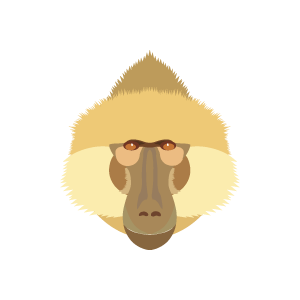
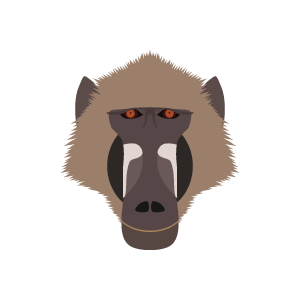
I am interested in the hybridization in baboons (genus Papio). Hybridization is advantageous for genomic research because it helps "shuffle" the genomes of different species, providing greater experimental ability to tease apart the associations between genetic variation and biological phenotypes. My work in Zambia also focuses on hybrid zones between baboon species to better understand mechanisms of natural selection and to open a window into the genetic architecture of behavioral and biological traits.
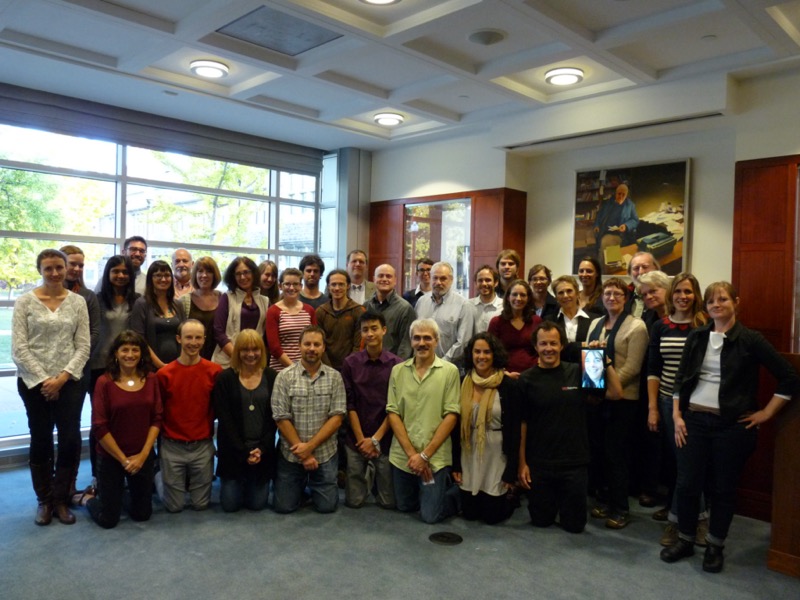
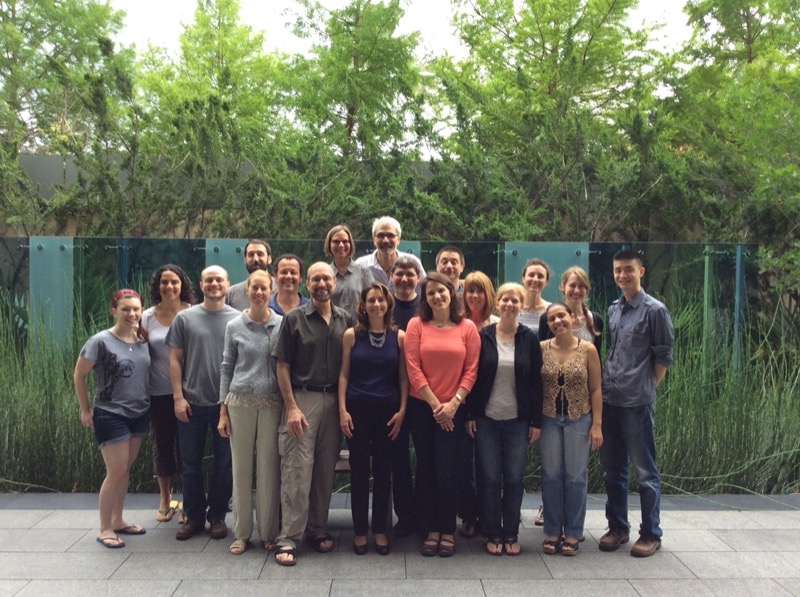
I am interested in informatics in behavioral primate research. Together with Anthony Di Fiore (University of Texas at Austin) and Tom Igoe (New York University), I have explored various database platforms and developed software for data collection and data management. From 2013-2015, I co-organized a large NSF-supported working group of behavioral scientists working with primates to develop standards, software, and new visions for “next-generation” primatological data management. Find out more here!